Pasilla Peppers: The Mysterious Mexican Spice You Can't Ignore!
Ever bitten into a rich, smoky sauce and wondered what gave it that earthy sweetness and complex depth? Chances are, you were tasting the magic of a pasilla pepper. But what exactly is pasilla? Is it a spice? A vegetable? And why does it sound like something from a secret Mexican culinary spellbook?
Table of Contents
- What Is Pasilla Anyway?
- The Flavor Profile: What Does Pasilla Taste Like?
- Spice Level: Just How Hot Is It?
- How to Use Pasilla in Cooking (Pro Tips!)
- Pasilla vs. Other Chiles: Know Your Mexican Heat
- Growing Pasilla Peppers at Home: Is It Worth It?
- Storing and Drying: Keep That Smoky Goodness Alive
- Fun Facts and Trivia You Can Impress Your Friends With
- Summary: Pasilla in a Nutshell
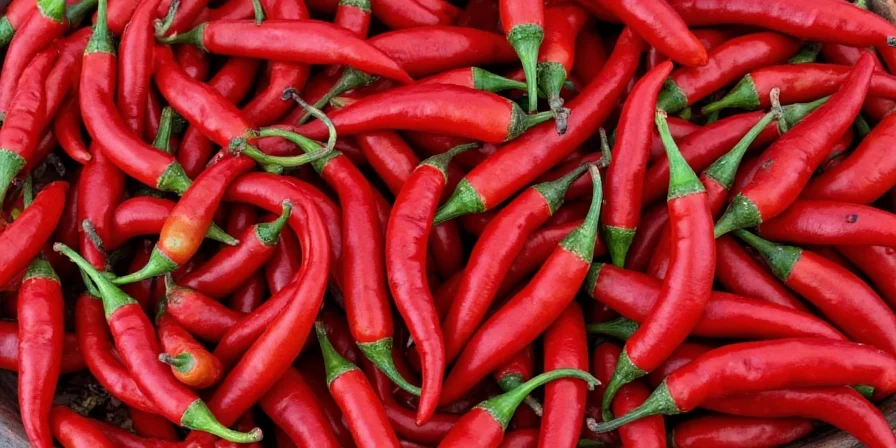
What Is Pasilla Anyway?
The name might sound fancy, but pasilla peppers are one of Mexico’s most beloved ingredients—and no, it’s not a spice blend, despite its name often showing up in lists with cumin or coriander. In fact, Chile pasilla refers specifically to the dried version of the chilaca pepper, a long, dark green to almost black chili that turns deep brown when dried.
So here's the breakdown:
- Fresh form: Chilaca
- Dried form: Pasilla
In short, if you see “pasilla” on a menu or recipe, you're dealing with a dried chili with deep flavor—not just a seasoning off your spice rack.
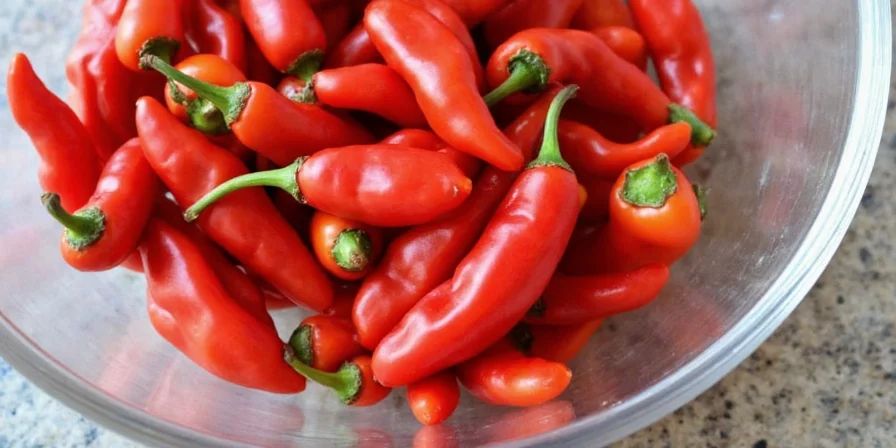
The Flavor Profile: What Does Pasilla Taste Like?
Forget basic heat—pasilla is all about complexity. Think chocolate, raisins, coffee, and a whisper of smokiness. If chilies had wine pairings, pasilla would be the bold red with notes of leather and plum.
Here’s a quick flavor profile summary:
| Taste Component | Description |
|---|---|
| Sweetness | Mildly sweet with hints of dried fruit |
| Smokiness | Subtle smoke, more natural than fire-roasted |
| Bitterness | Negligible; smooth finish |
| Earthy Notes | Prominent, especially in sauces |
| Floral Undertones | Just enough to make you go “Hmm…” |
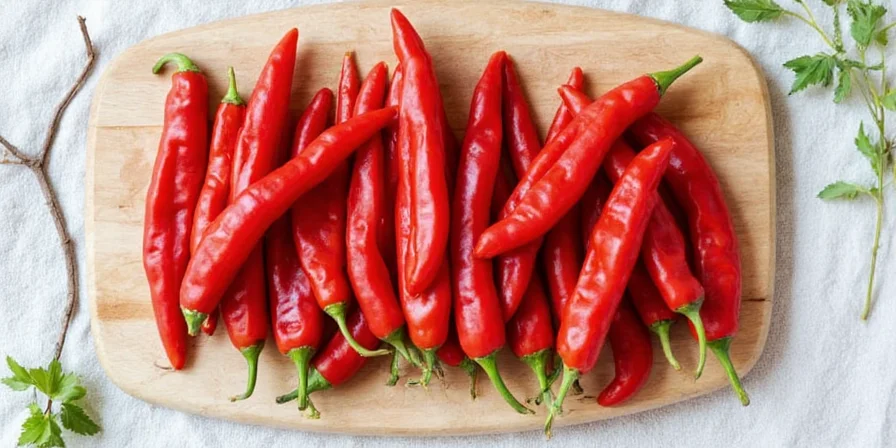
Spice Level: Just How Hot Is It?
Let’s talk numbers: Pasilla clocks in between 1,000–2,500 SHU (Scoville Heat Units). To put that in perspective:
- Jalapeño: 2,500–8,000 SHU
- Guajillo: 2,500–5,000 SHU
- Ghost Pepper: Over 1,000,000 SHU (ouch)
So yes, pasilla is mild compared to many other chiles—but don’t let that fool you. Its heat builds slowly and blends beautifully with other flavors instead of hitting you over the head like a jalapeño might.
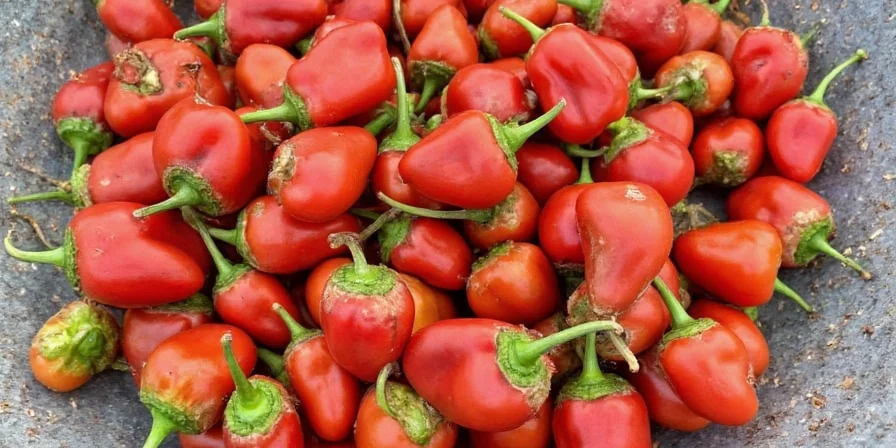
How to Use Pasilla in Cooking (Pro Tips!)
Cooking with pasilla is like having a secret weapon in your kitchen arsenal. Here’s how to unleash its power:
- Rub it Right: Make a dry rub for meats. Combine pasilla powder with garlic, salt, and oregano for a killer pork shoulder rub.
- Toast First: Toast whole dried peppers in a dry skillet for 30 seconds each side to awaken their oils before rehydrating.
- Soak Smart: Rehydrate in hot water or broth for 20–30 minutes before blending into sauces.
- Pair Perfection: Works wonders with cinnamon, cloves, tomatoes, and dark chocolate.
- Use the Whole Pod: Don’t discard the seeds—they pack flavor, though they can add bitterness if overused.

Pasilla vs. Other Chiles: Know Your Mexican Heat
Confused between pasilla, ancho, and mulato? You’re not alone. Let’s break it down:
| Pepper | Type | Heat (SHU) | Main Flavors | Best For |
|---|---|---|---|---|
| Pasilla | Chilaca dried | 1,000–2,500 | Earthy, herbal, raisin-like | Mole, soups, marinades |
| Ancho | Poblano dried | 1,000–2,000 | Sweet, fruity, berry notes | Mole poblano, stews |
| Mulato | Poblano dried longer | 2,500–3,000 | Chocolate, licorice | Dark mole, rich sauces |
Bottom line: Pasilla brings herbal and leafy notes, while ancho leans sweeter, and mulato goes full-on chocolate mode.
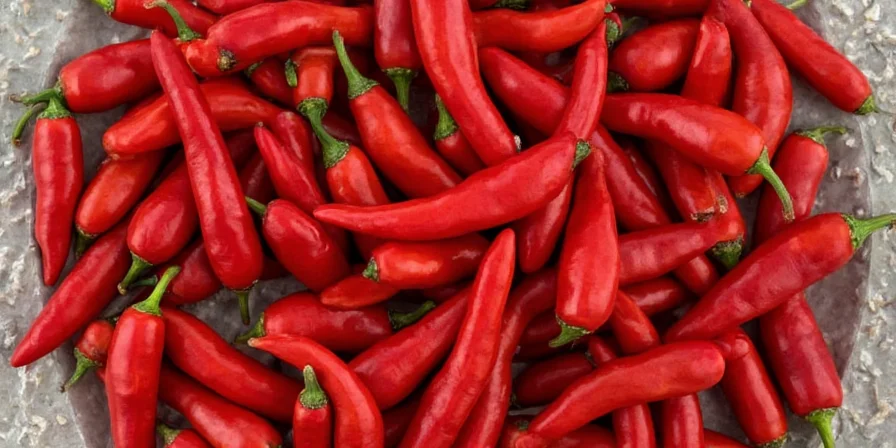
Growing Pasilla Peppers at Home: Is It Worth It?
If you’ve got a warm climate and a bit of patience, growing pasilla is totally doable. Here’s what you need to know:
- Climate: Warm, sunny environments work best. They love summer heat.
- Growth Time: Up to 100 days from seed to harvest.
- Harvest Tip: Leave pods on the plant until they turn nearly black before picking for maximum flavor.
- Drying Method: Air dry on a mesh rack for 2–4 weeks or use a dehydrator at low heat.
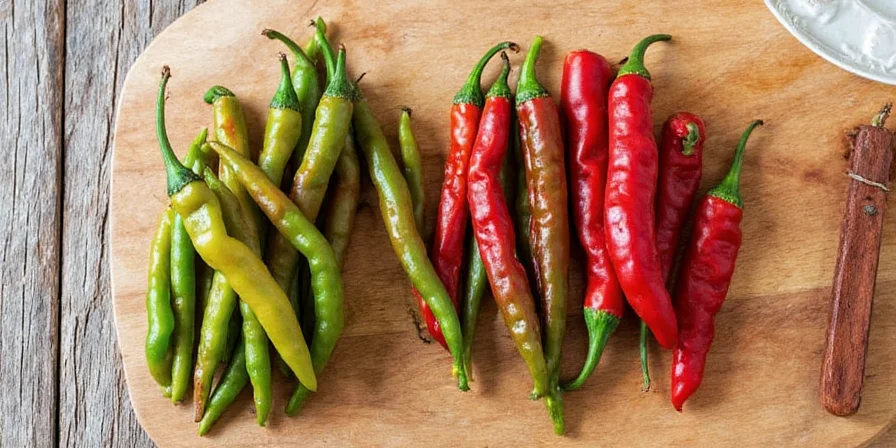
Storing and Drying: Keep That Smoky Goodness Alive
Once dried, pasilla peppers can last for months—if not years—with proper storage. Here’s how to keep them fresh:
- Airtight Container: Store in sealed jars or ziplock bags with desiccant packets.
- Cool & Dry: Avoid humidity—it encourages mold.
- Freeze Option: Yep, you can freeze dried pasilla for extra shelf life without losing flavor.
- Make Paste: Blend rehydrated peppers with oil and garlic to store in the fridge or freezer.
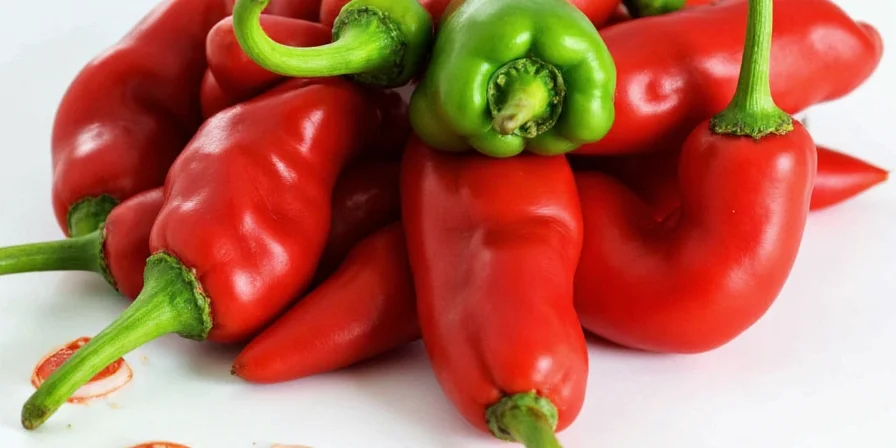
Fun Facts and Trivia You Can Impress Your Friends With
- “Pasilla” means “little raisin” in Spanish—because of its wrinkled appearance and sweet undertones.
- It’s one of the three holy trinity chiles used in traditional mole sauces, alongside ancho and mulato.
- In some regions, it’s known as “chocolate chili” because of its color and flavor.
- Not to be confused with “poblano” peppers—that’s a common mistake even chefs make.

Summary: Pasilla in a Nutshell
So there you have it—the mysterious pasilla laid bare. From its humble origins as a chilaca pepper to its role in legendary Mexican dishes, this chili is a flavor powerhouse wrapped in a wrinkly, dark skin.
Whether you’re roasting, grinding, or tossing it into a stew, pasilla adds a depth that’s hard to replicate. And now you know: it’s not a spice blend, it’s not super spicy, but it’s definitely essential.
Key Takeaways
- Pasilla is the dried form of the chilaca pepper.
- Flavor profile includes earthy, herbal, and mildly sweet tones.
- Low to moderate heat level: 1,000–2,500 SHU.
- Ideal for mole sauces, marinades, and stews.
- Can be grown at home with enough warmth and time.

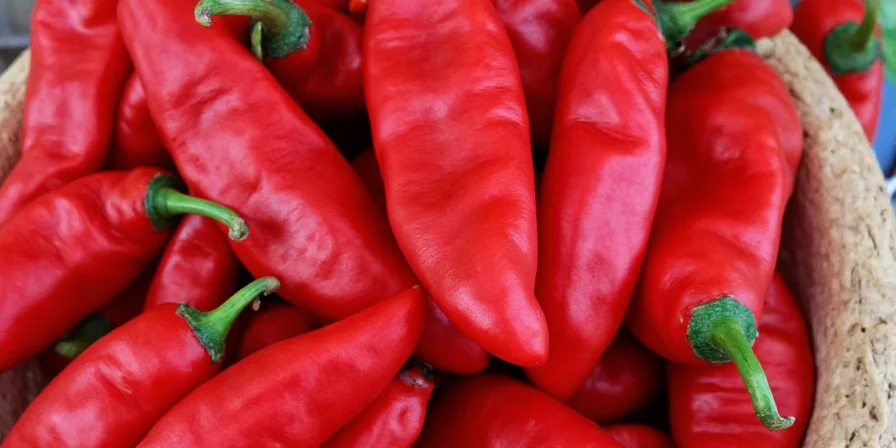









 浙公网安备
33010002000092号
浙公网安备
33010002000092号 浙B2-20120091-4
浙B2-20120091-4